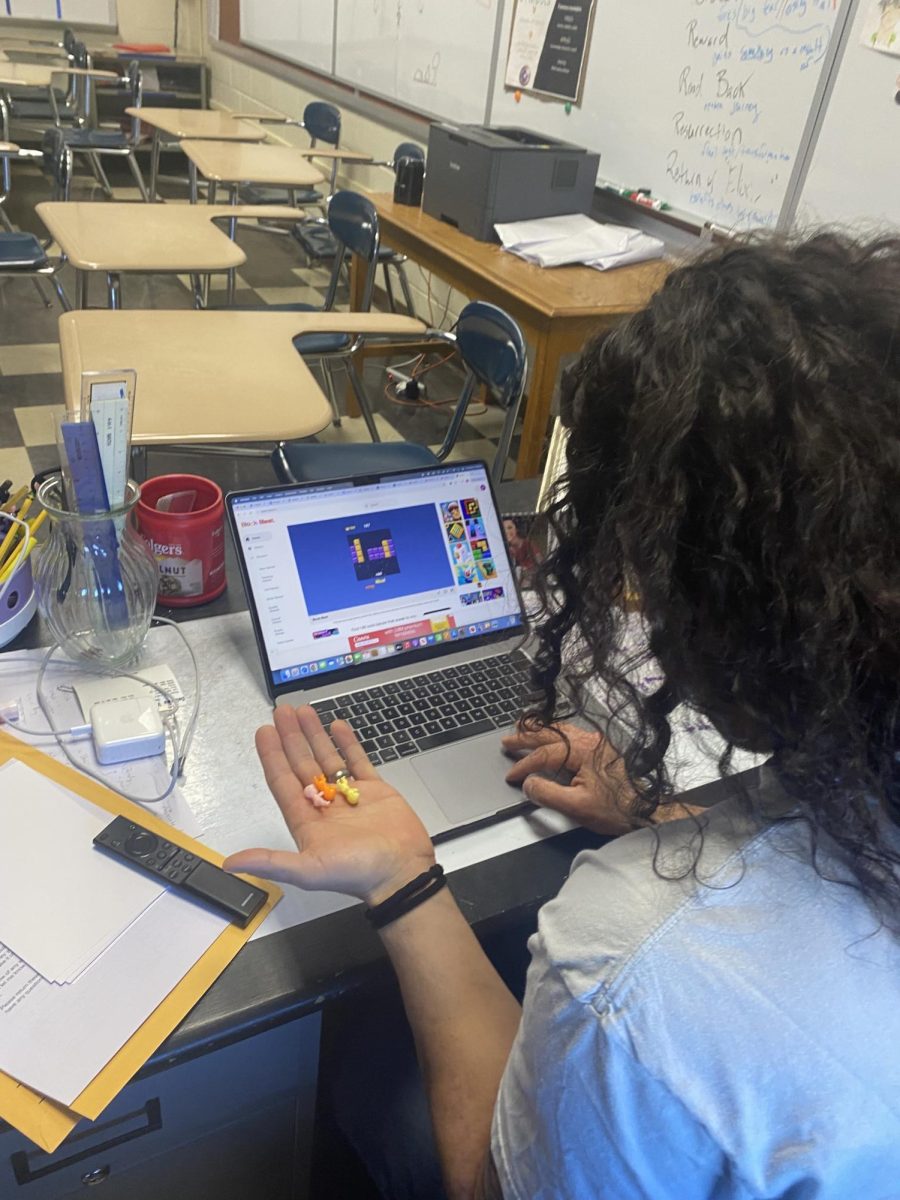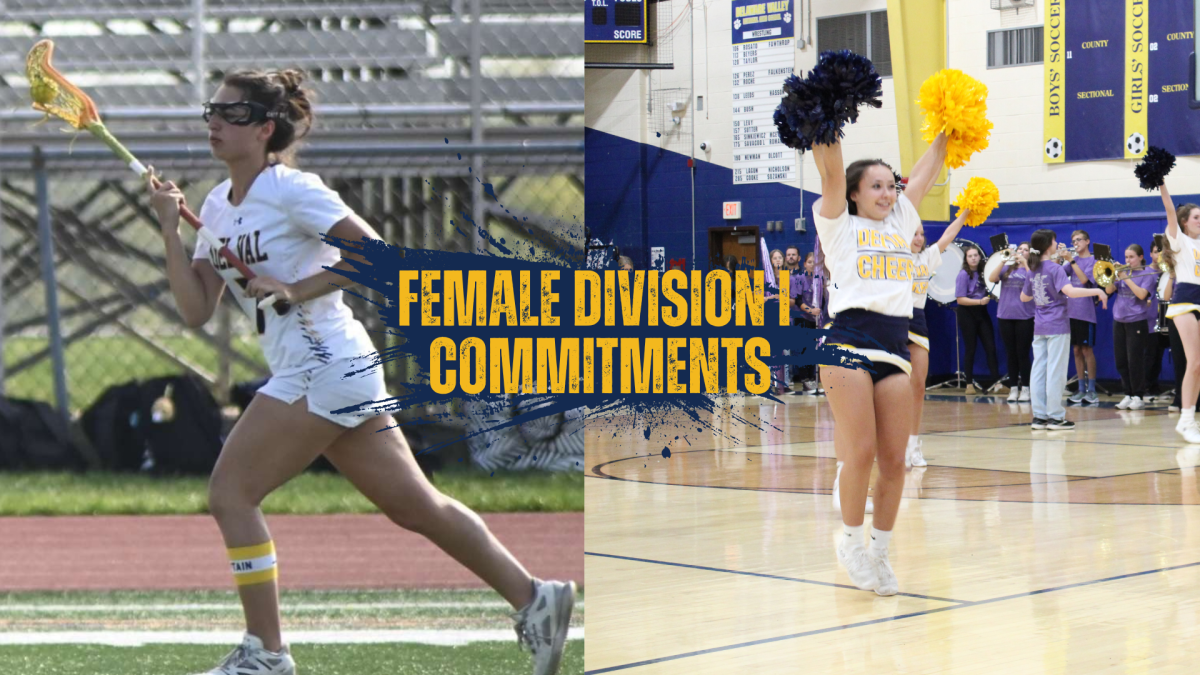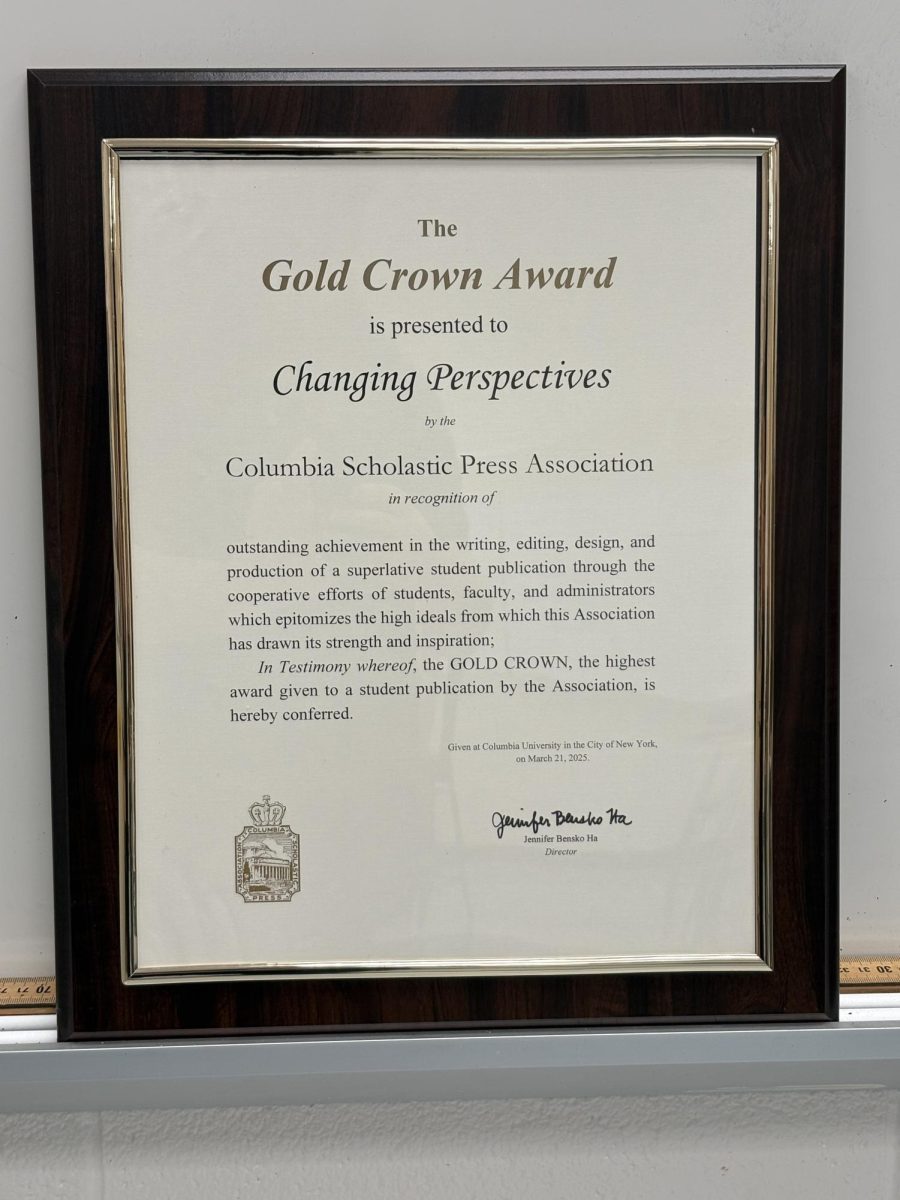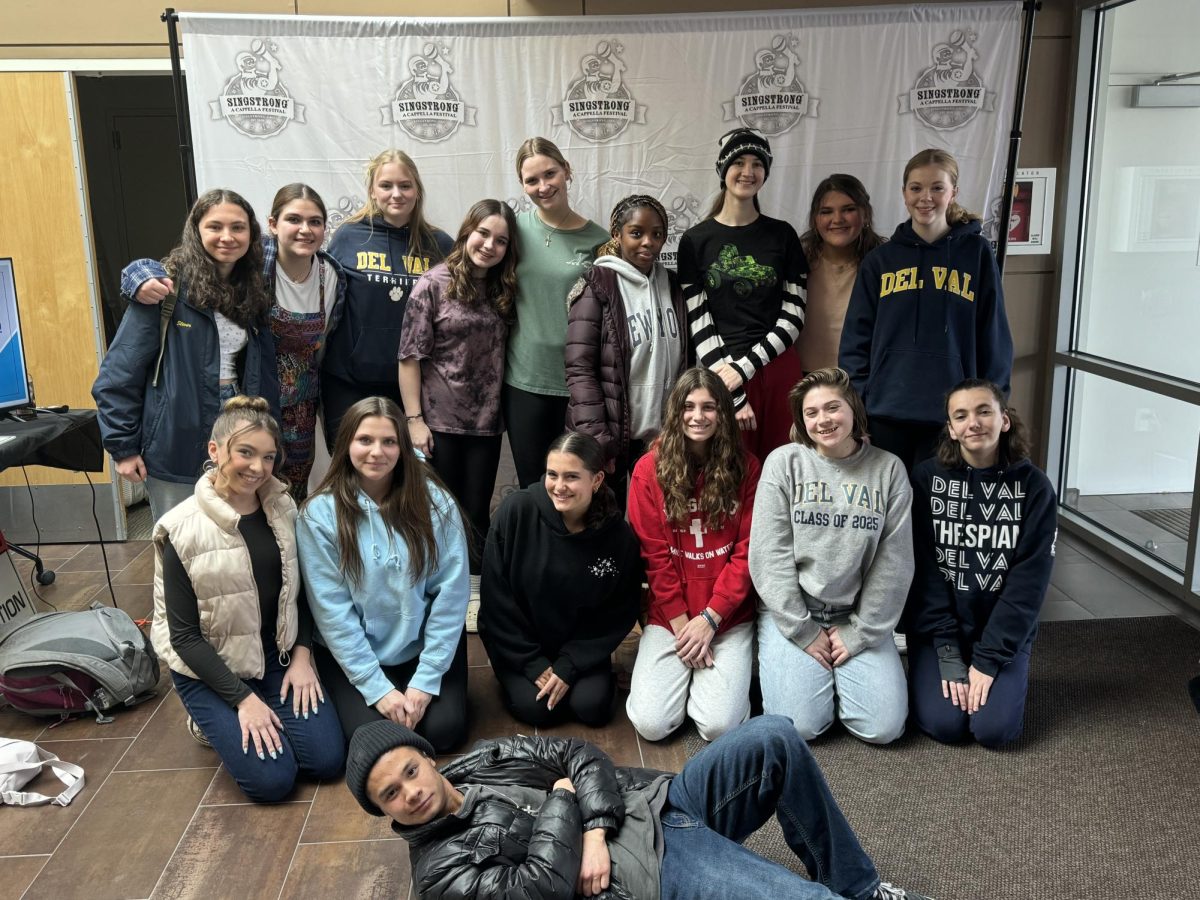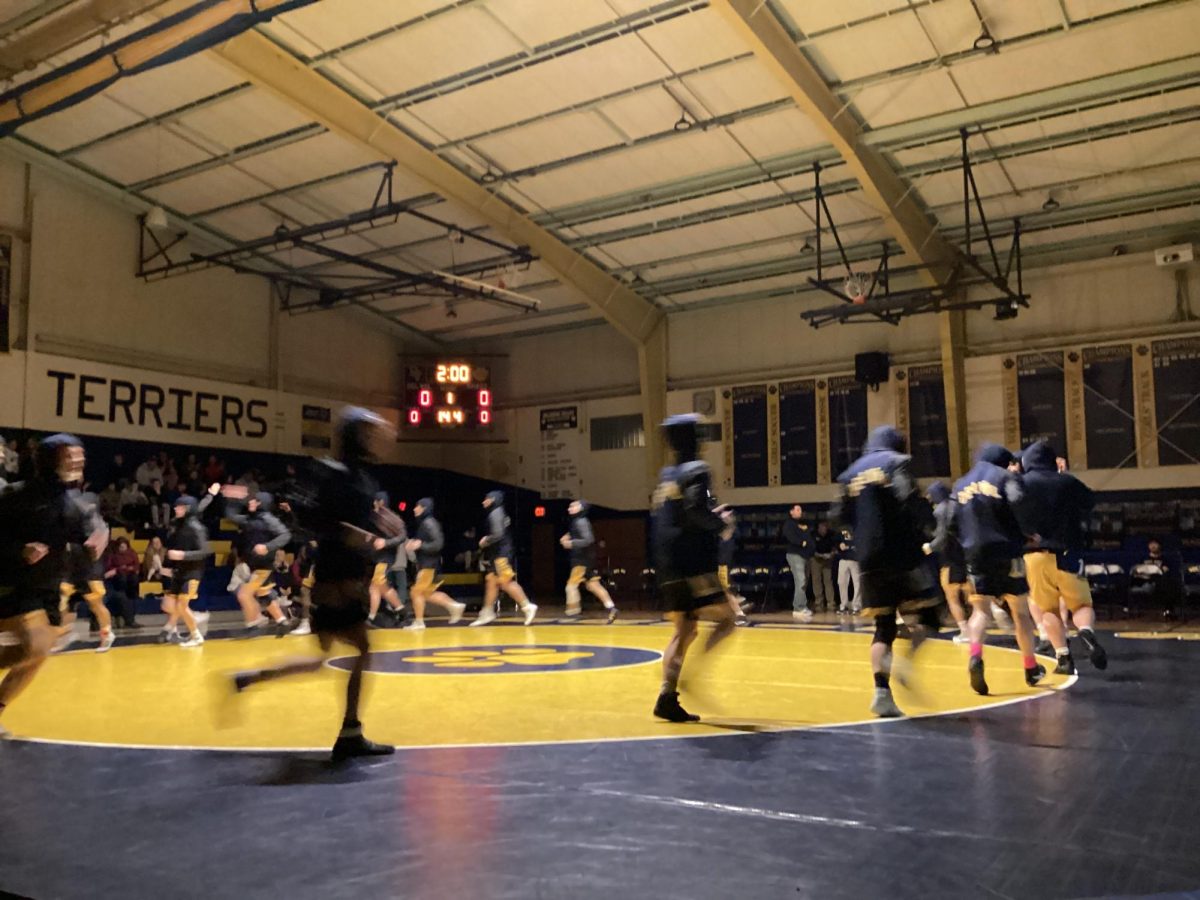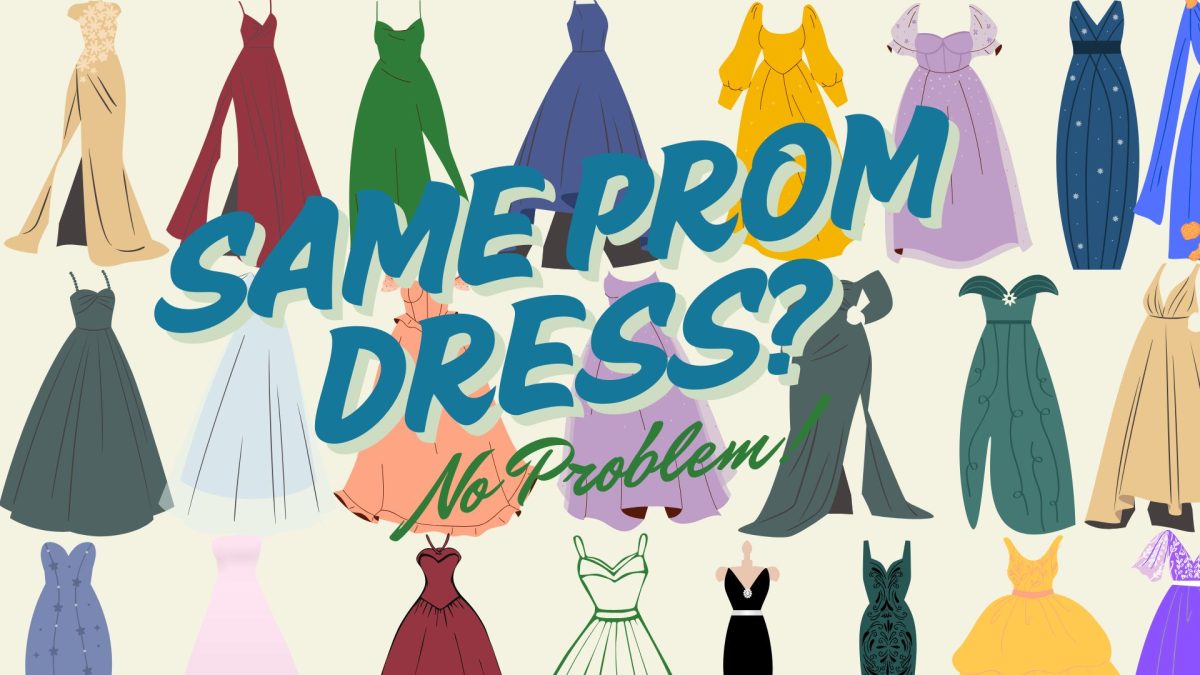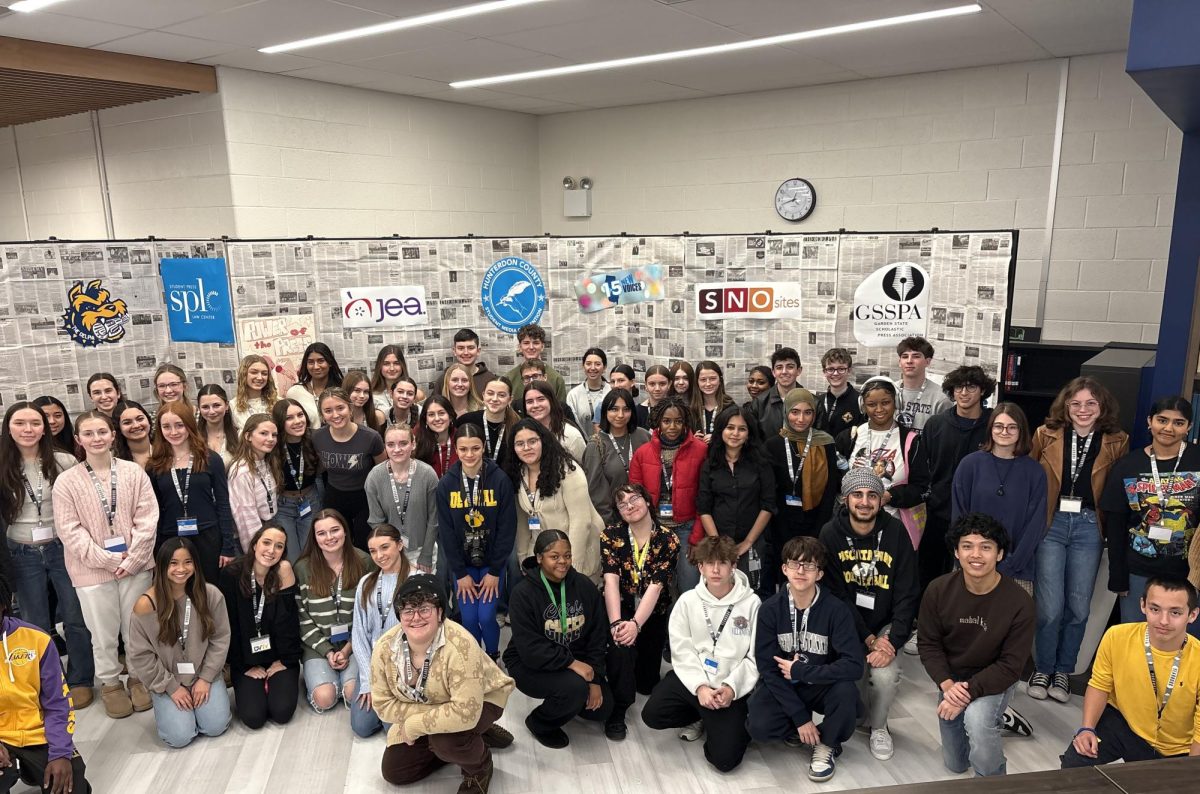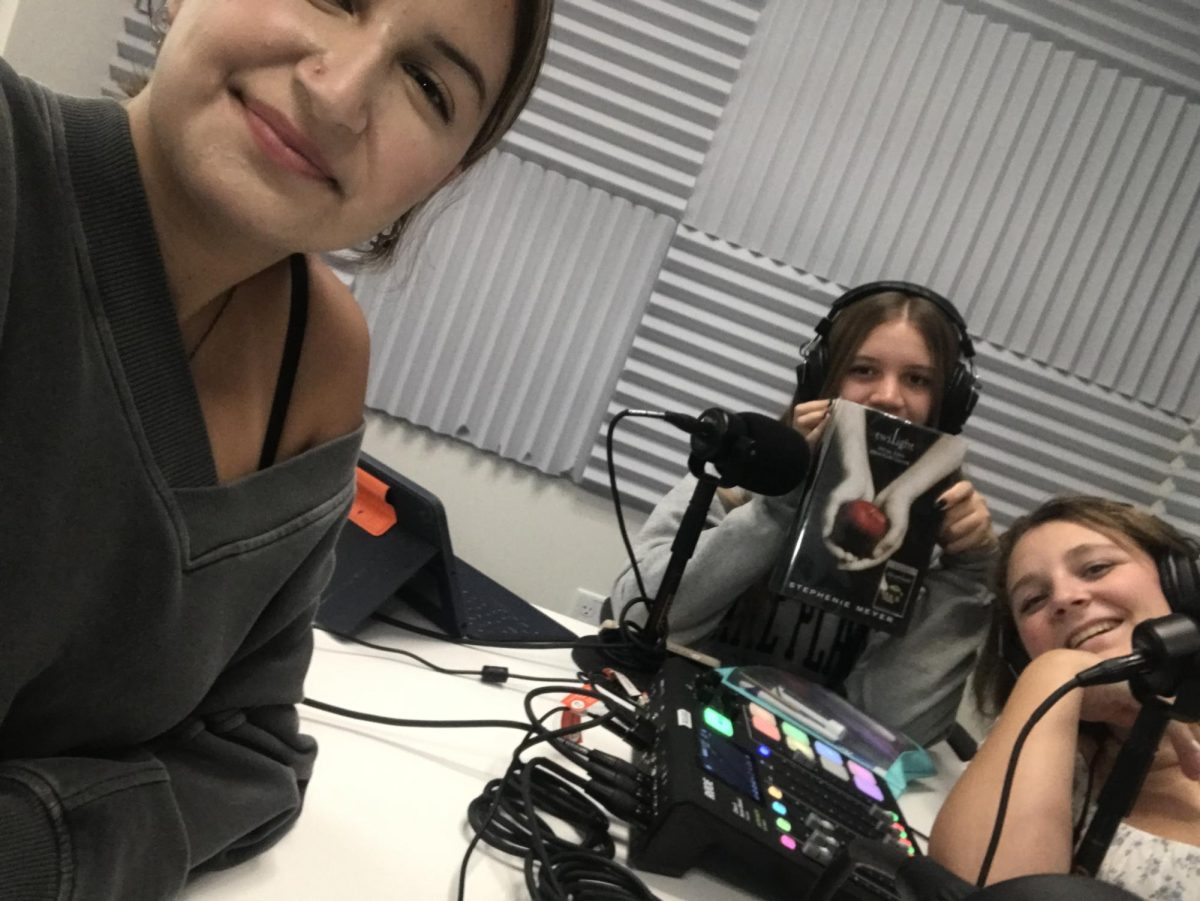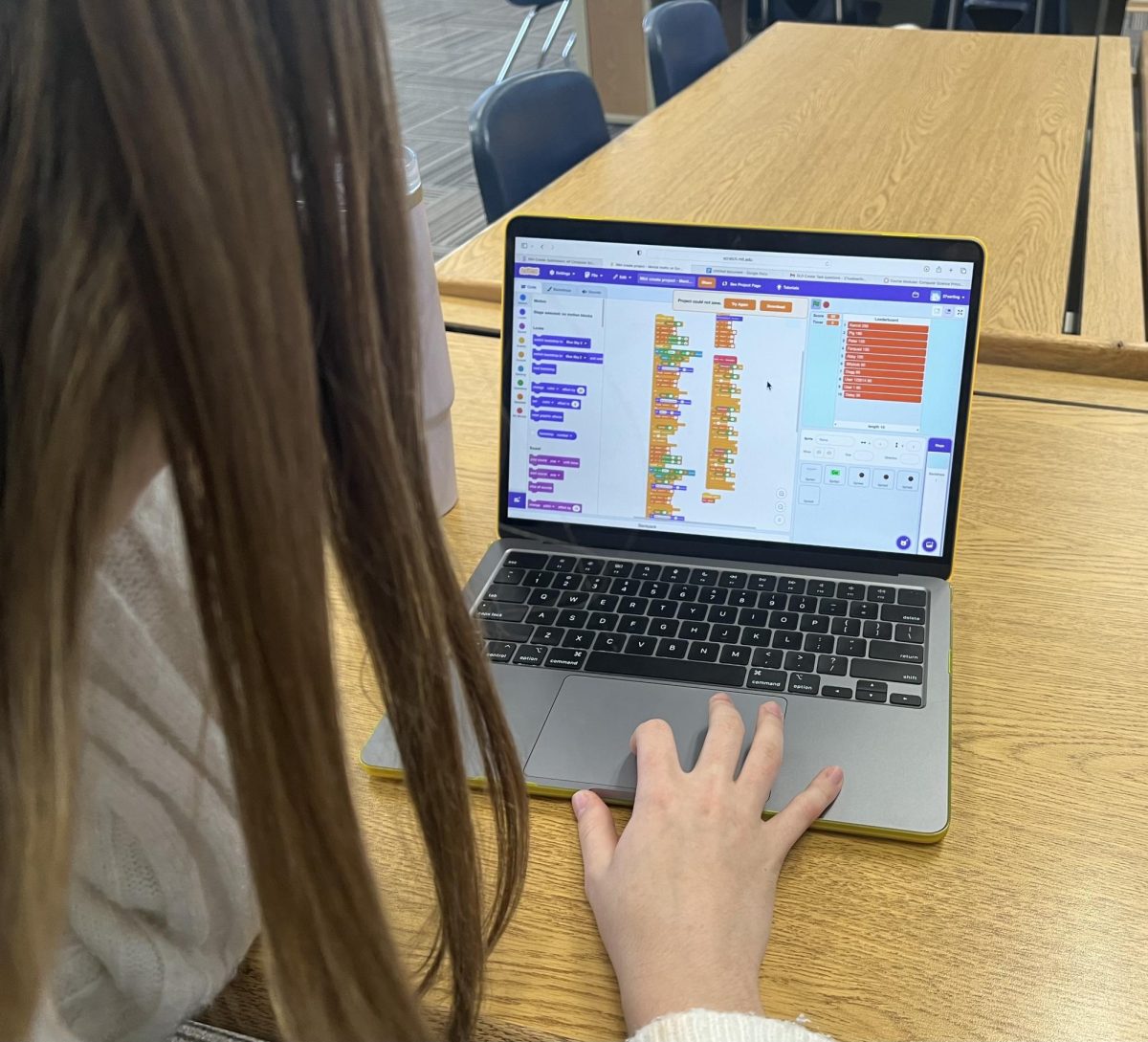Throughout high schools and around the world, women have lacked representation in the field of computer science. Specifically at Delaware Valley, there have been consistently low numbers in these classes, which poses the question: what drives women away from computer science courses?
“I feel like it’s either the culture around here, or maybe the culture of the country, that STEM subjects, including computer science, is more of a boy-dominated thing than a girls’ thing,” said Delaware Valley math and computer science teacher Ryan Murphy.

Senior Natalie DeTample believes that the reason is that women are not introduced to computer science in the years leading up to high school. DeTample did not know much about the field before attending Delaware Valley. However, she found a beginner-friendly program called Scratch, which would allow her to explore deeper into her interests.
“I think they don’t [participate in computer science] because they’re not introduced to it, so they won’t really know what they’re going into if they were to take computer science,” said DeTample. “No one talks about it to us that much.”
Freshman Sadie Erling took a different stance on the topic. She believes that women are, “in a way,” frightened by the idea of the course. Instead of trying it out, they stick to what they know they’re good at.
“Maybe they feel intimidated by the whole idea of coding and feel they aren’t as good at it as boys,” said Erling.
Many people may attribute the underrepresentation in STEM to a common lack of motivation or knowledge in women. However, it has been proven that it may be a deeper issue rooting from as early as preschool.
The American Association of University Women explains that “STEM fields are often viewed as masculine, and teachers and parents often underestimate girls’ math abilities starting as early as preschool.”
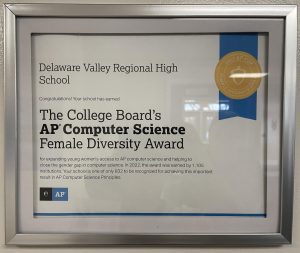
In 2022, the school earned a gender diversity award. However, despite this fact, very few girls are actually in the program. In more recent years, the classes have enrolled four girls or fewer each year.
“The gender diversity awards are simply based on enrollment percentages,” said Del Val’s Head of Curriculum Mike Gurysh. “Since Del Val is such a small school, we would only need to add a girl or two to the class and it will greatly increase the percentage. Whereas a large school would have to add a lot more girls to reach the same percentage increase.”
Another factor could be the priorities of the average teenager. For many, trying to fit in and be popular amongst their peers plays a huge role in what activities and classes they choose to participate in. This adapted standard tends to make potential students steer clear, even those who might be interested in the topic.
“I’m sure some people think it’s more of a skill thing or more of an inherent gender role, but I don’t think it’s that,” said Murphy. “I think that the stereotype is probably rooted in some amount of truth which is that it’s usually, a lot of this might come off as pejorative, ‘computer nerds.’ However, it’s important to remember that it’s just a stereotype and it doesn’t represent everyone that gets involved in computer science, even though it’s probably the majority of its demographic.”
In reality, women are just as qualified as men in the field. There are no boundaries or differences between the two.
“I think on average, they’re just as good as the males in computer science, but they’re a little bit better of students, and that typically makes them, on average, excel,” said Murphy.





